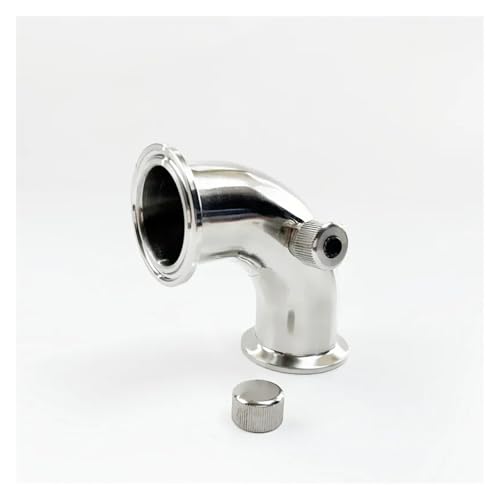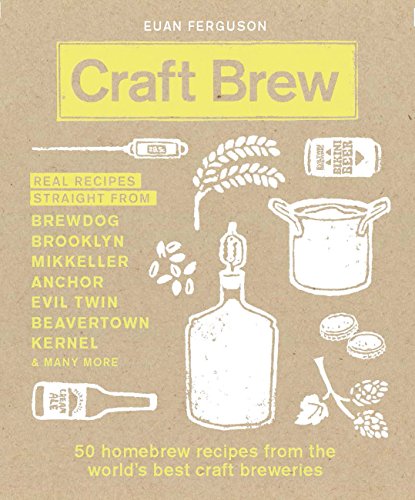There definitely was an IBU war going on throughout the USA for a couple decades, with theoretical IBUs being reported all over the place, and especially where they used the Rager formula which tends to inflate the IBU far beyond reality, they'd be reporting values of 200, 300, 400, 1000 IBUs, or stupid stuff like that. This IBU war gradually ended over the course of 10-15 years which seems to be about how long it took for all brewers to realize that actual lab measurements proved a practical ceiling of around 90 IBUs in finished beer, so the previous IBU reports were all false of course. The result is that brewers developed dozens of different ways of adding hops to result in a broad range in bitterness, flavor, and aroma of highly hopped beers. Then eventually along came Simcoe, Citra, and Mosaic, and now we're stuck with every APA and IPA tasting about the same in the USA, regardless of IBUs.







































